
Filter News
Area of Research
- Advanced Manufacturing (1)
- Biology and Environment (4)
- Computational Engineering (2)
- Computer Science (6)
- Energy Science (26)
- Energy Sciences (1)
- Fusion and Fission (3)
- Fusion Energy (6)
- Isotopes (1)
- Materials (12)
- Materials for Computing (1)
- Mathematics (1)
- National Security (1)
- Neutron Science (4)
- Nuclear Science and Technology (4)
- Quantum information Science (3)
- Supercomputing (6)
News Type
News Topics
- (-) Artificial Intelligence (16)
- (-) Clean Water (14)
- (-) Energy Storage (32)
- (-) Fusion (9)
- (-) Molten Salt (5)
- (-) Quantum Science (12)
- 3-D Printing/Advanced Manufacturing (34)
- Advanced Reactors (13)
- Big Data (17)
- Bioenergy (17)
- Biology (21)
- Biomedical (11)
- Biotechnology (4)
- Buildings (21)
- Chemical Sciences (13)
- Composites (11)
- Computer Science (42)
- Coronavirus (11)
- Critical Materials (12)
- Cybersecurity (3)
- Emergency (1)
- Environment (48)
- Exascale Computing (1)
- Fossil Energy (1)
- Frontier (1)
- Grid (22)
- High-Performance Computing (12)
- Hydropower (6)
- Irradiation (2)
- Isotopes (5)
- ITER (3)
- Machine Learning (14)
- Materials (36)
- Materials Science (34)
- Mathematics (3)
- Mercury (3)
- Microscopy (11)
- Nanotechnology (12)
- National Security (3)
- Neutron Science (27)
- Nuclear Energy (19)
- Partnerships (2)
- Physics (4)
- Polymers (10)
- Quantum Computing (5)
- Security (1)
- Simulation (9)
- Space Exploration (10)
- Statistics (1)
- Summit (8)
- Transportation (36)
Media Contacts

Oak Ridge National Laboratory researchers serendipitously discovered when they automated the beam of an electron microscope to precisely drill holes in the atomically thin lattice of graphene, the drilled holes closed up.
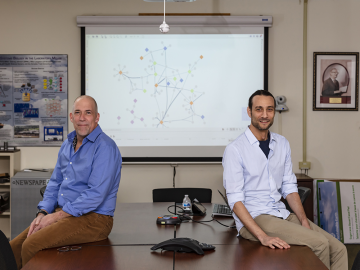
ORNL researchers discovered genetic mutations that underlie autism using a new approach that could lead to better diagnostics and drug therapies.

Oak Ridge National Laboratory scientists recently demonstrated a low-temperature, safe route to purifying molten chloride salts that minimizes their ability to corrode metals. This method could make the salts useful for storing energy generated from the sun’s heat.
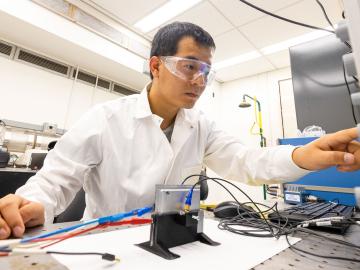
Scientists at Oak Ridge National Laboratory are using ultrasounds — usually associated with medical imaging — to check the health of an operating battery. The technique uses sensors as small as a thumbnail, which could be attached to a lithium-ion battery inside a car.
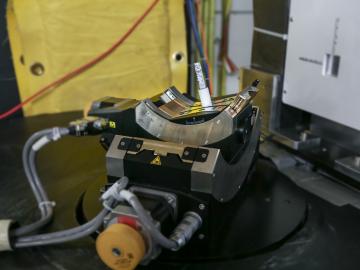
Oak Ridge National Laboratory researchers are developing a first-of-its-kind artificial intelligence device for neutron scattering called Hyperspectral Computed Tomography, or HyperCT.

Oak Ridge National Laboratory researchers developed an invertible neural network, a type of artificial intelligence that mimics the human brain, to improve accuracy in climate-change models and predictions.

Several electrolyte and thin-film coating technologies, developed at Oak Ridge National Laboratory, have been licensed by BTRY, a battery technology company based in Virginia, to make batteries with increased energy density, at lower cost, and with an improved safety profile in crashes.
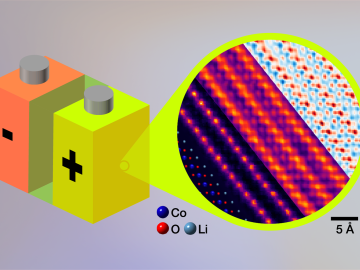
Oak Ridge National Laboratory researchers demonstrated an electron microscopy technique for imaging lithium in energy storage materials, such as lithium ion batteries, at the atomic scale.
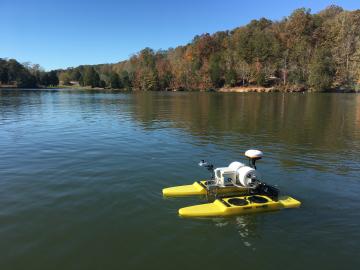
Measuring water quality throughout river networks with precision, speed and at lower cost than traditional methods is now possible with AquaBOT, an aquatic drone developed by Oak Ridge National Laboratory.
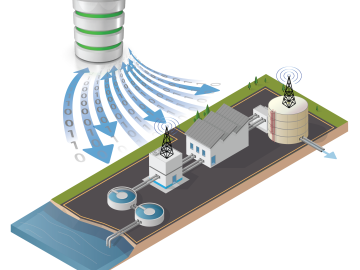
Oak Ridge National Laboratory scientists worked with the Colorado School of Mines and Baylor University to develop and test control methods for autonomous water treatment plants that use less energy and generate less waste.


